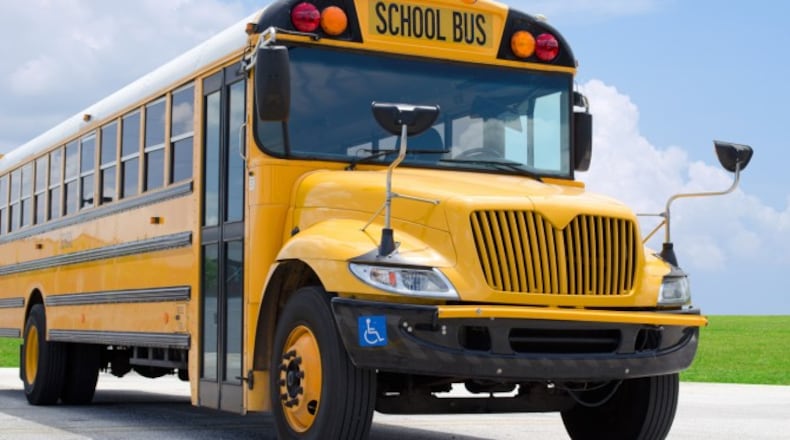JUNE STORY: New state takeover plan heads to Senate hearing
“It means we can continue the work that we’ve started,” Dayton Superintendent Elizabeth Lolli said. “We can take a look and see, once we get our test results in for this past school year, what we need to continue to do, and those things we need to tweak. That allows any district in our situation to stay the course that’s been set for school improvement.”
The Path Forward project investigates solutions to the most pressing issues our community faces, including improving Dayton schools. After several years ranking at or near the bottom of the state in report-card performance, DPS has begun another attempted turnaround.
The past 19 months in Dayton Public Schools have seen the hiring of a new superintendent; changing 20 of 25 building principals; complete overhaul of the human resources and special education departments; and new directors of safety, health, transportation, communication, federal programs and athletics. There have been dramatic changes to teacher pay and training, plus the closure of two schools.
Dayton school board President William Harris thanked the legislature for giving Dayton more time.
MARCH STORY: Variety of state leaders criticize school takeover law
“It’s so important and critical to have the people in our community, who understand our community, and know the ins-and-outs of a school district, instead of an outsider,” Harris said, referring to the outside CEO model used in the current state takeover system. “We’re looking forward to continuing to press on and establish ourselves academically so we won’t have to worry about this in the future.”
Broad agreement existed this year that Ohio’s current takeover model for the lowest-scoring school districts needs changes. But the House and Senate have been unable to decide what reforms should occur.
The House, in an overwhelming bipartisan vote, passed a bill that would have prohibited future state takeovers, and ended the existing takeovers of Youngstown, Lorain and East Cleveland schools. But the Senate did not agree — at first considering a tweaked takeover plan, then taking that language out and leaving it for the conference committee to sort out.
As House and Senate members spoke on the bill Wednesday, several expressed concern about the takeover issue.
Republican state Rep. Don Jones, a former teacher, said taking more time to get it right is good, but any new system needs to let locally elected leaders make the local decisions.
2018 STORY: Dayton schools misunderstood takeover timeline
Democratic state Sen. Teresa Fedor said she opposed the budget bill, in part because it keeps three districts in Academic Distress Commission takeovers while acknowledging that the system isn’t working.
Senate Education Committee chairwoman Peggy Lehner, R-Kettering, said last month that any future takeover program would need better local involvement than the current system. She said it would also need a series of smaller benchmarks to indicate whether a district is moving in the right direction, rather than broad test scores and report card grades.
Many educators continue to say the best improvement path for low-scoring, high-poverty districts is a system of “wraparound” health and social services to eliminate some of the non-academic barriers that are common in high-poverty school districts. The state budget includes more than $500 million for some of those services across all schools.
About the Path Forward
Our team of investigative reporters digs into what you identified as pressing issues facing our community. The Path Forward project seeks solutions to these problems by investigating how to improve Dayton Public Schools. Follow our work at DaytonDailyNews.com/PathForward or join one of our Facebook Groups.
About the Author

